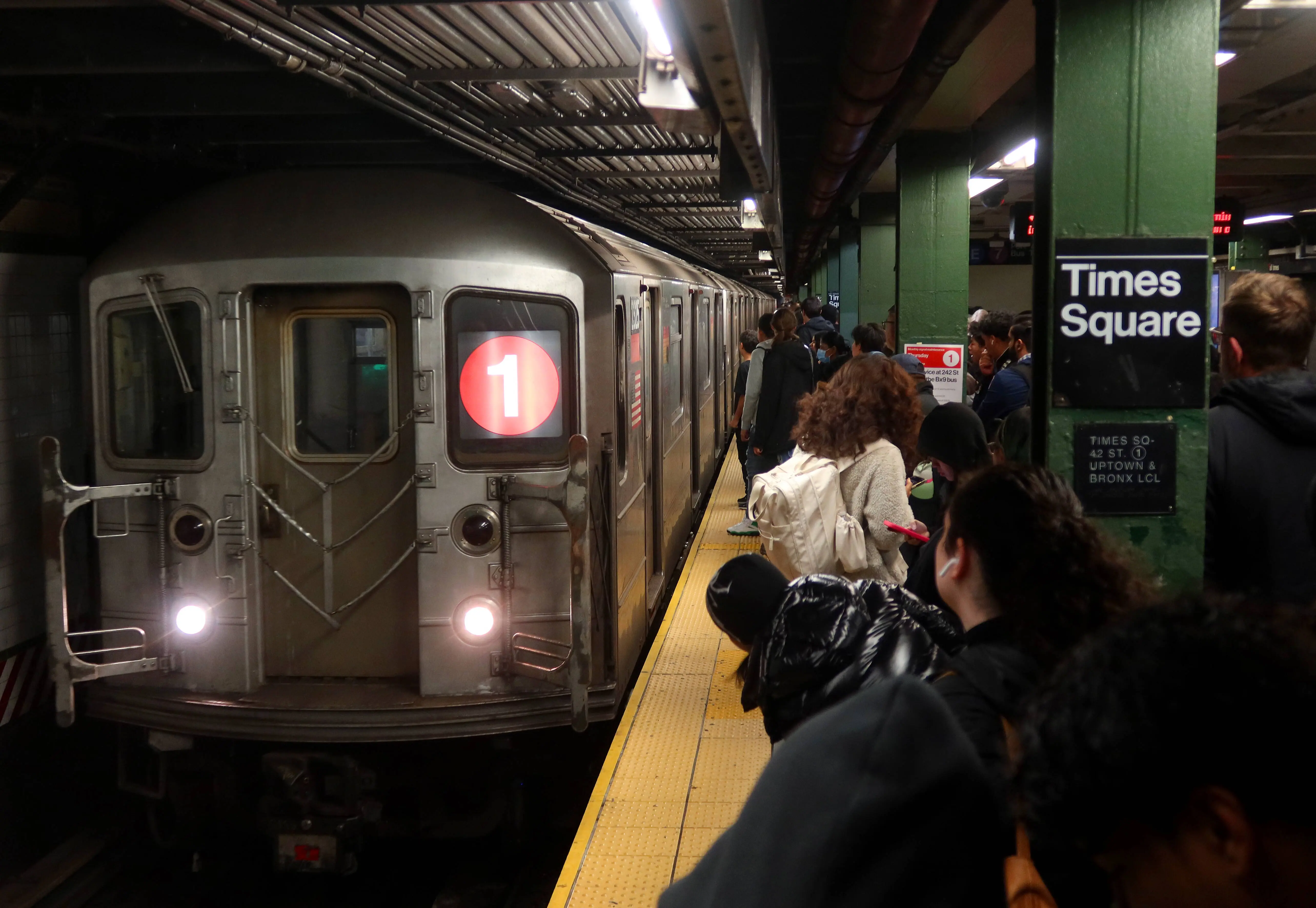What happened to Luisa Janssen Harger Da Silva? NYC subway accident victim wins landmark $82M verdict
-
 People wait to board a 1-line subway train at the Times Square station on November 12, 2024, in New York City. (Photo by Gary Hershorn/Getty Images)
People wait to board a 1-line subway train at the Times Square station on November 12, 2024, in New York City. (Photo by Gary Hershorn/Getty Images)A Brazilian student, Luisa Janssen Harger Da Silva, has secured a first of its kind $82 million jury verdict nearly a decade after she lost her left arm and leg as a result of a devastating New York City subway accident.
The decision, handed down last week in Brooklyn federal court, is one of the highest personal injury verdicts ever against the Metropolitan Transportation Authority (MTA), and has revived a conversation about long-deferred platform-safety measures throughout the city’s transit system.
Da Silva was 21 in August 2016 when, as she stood with her boyfriend on the platform of the Atlantic Avenue–Barclays Center station, she fainted. After she collapsed, she wound up on the tracks as a southbound B train entered the station, leaving her with catastrophic injuries that required multiple surgeries and an extended stay at Bellevue.
New York’ta 2016’da metro raylarına düşerek kolunu ve bacağını kaybeden Brezilyalı öğrenci Luisa Janssen Harger Da Silva, MTA’ya açtığı davayı kazanarak 82 milyon dolar tazminat aldı. pic.twitter.com/vb68zsqPLb
— GT Medya (@gtmedyahaber) November 26, 2025The young architectural student, who was visiting New York at the time, survived the ordeal but lost two limbs and has spent her years since learning to live with prosthetics while continuing her studies in Brazil.
Her lawsuit against the MTA claimed that the agency had intentionally neglected to address a long-standing and well-documented hazard of passengers falling onto tracks.
Court papers showed the MTA had more than 15 years of internal data that revealed hundreds of deaths and more than a thousand serious injuries, from track incidents, yet did not have protective platform-edge barriers.
Lawyers for Ms. Da Silva stressed that it was “a moral certainty” that accidents such as hers would keep happening unless the devices became standard equipment.
MTA’s mismanagement comes to light as the Metropolitan Transportation Authority disagrees with jury's conclusion
The trial evidence showed that as far back as 2011, several of the world's leading transportation-technology companies had submitted plans to bring platform screen doors to New York at no cost to the MTA and even pay for them with advertising-generated revenues.
A suggestion by a world leader in the field, Faiveley Transport, was even said to have been considered “impressive” by the agency at the time, but it went no further. Da Silva’s lawyers argued that these lost opportunities constituted negligence.
"The failure to act in the face of a known, preventable hazard is the definition of negligence," her attorney David Roth stated.
NEW🚨: A 72-year-old man was pushed onto subway tracks in New York City and now needs spinal surgery. The suspect has not been caught.
— Officer Lew (@officer_Lew) December 23, 2024
But according to Governor Kathy Hochul…Subways are safer than ever… pic.twitter.com/TsHFYWQs3OThe MTA has since appealed the judgment, maintaining that it doesn’t agree with the jury’s findings. An authority spokesman said it was still not technically or economically feasible to install platform doors systemwide at most of the aging stations in New York and that earlier offers of free installation were not thoroughly researched.
The agency also argues that platform doors may not be possible in many locations based on station design, air flow considerations, and accessibility needs.
Da Silva has been an advocate for platform safety since she was struck, even suing the authority once in 2017, and telling the MTA publicly to take responsibility for what she called preventable tragedies.
TOPICS: subway accident, Da Silva, Luisa Janssen Harger Da Silva, Human Interest, Metropolitan Transportation Authority, MTA, New York, New York City subway